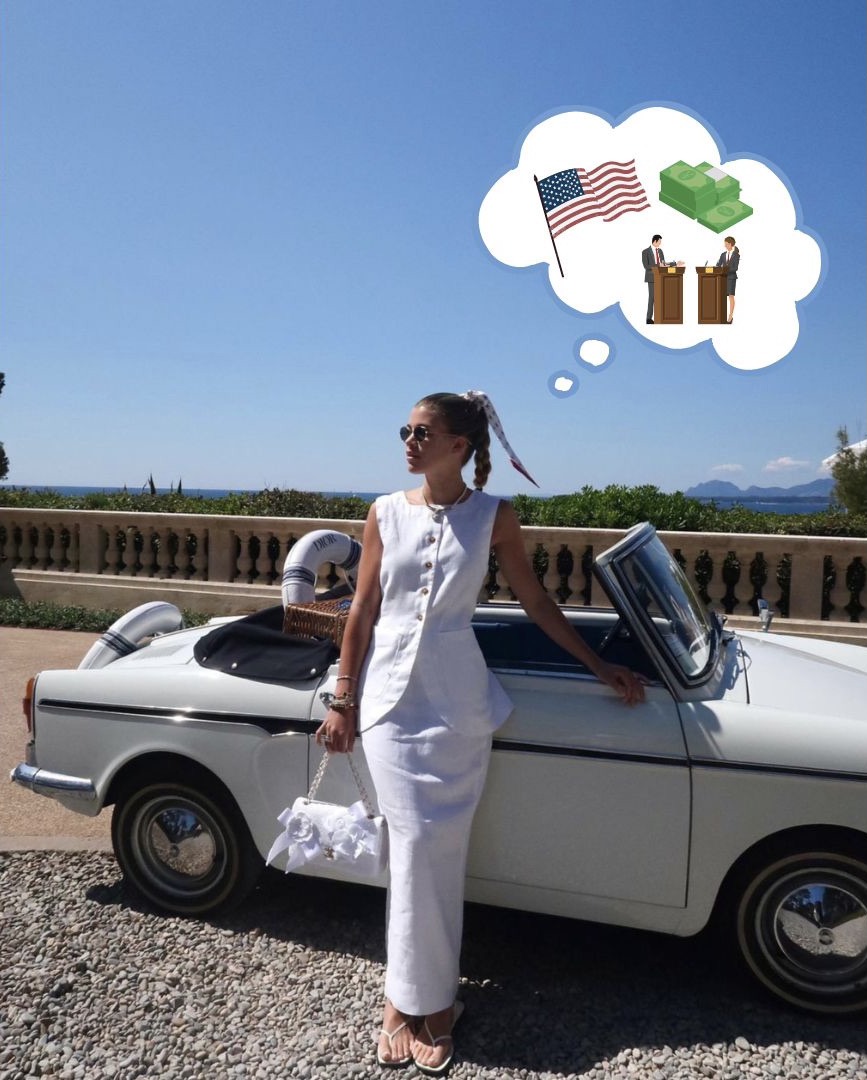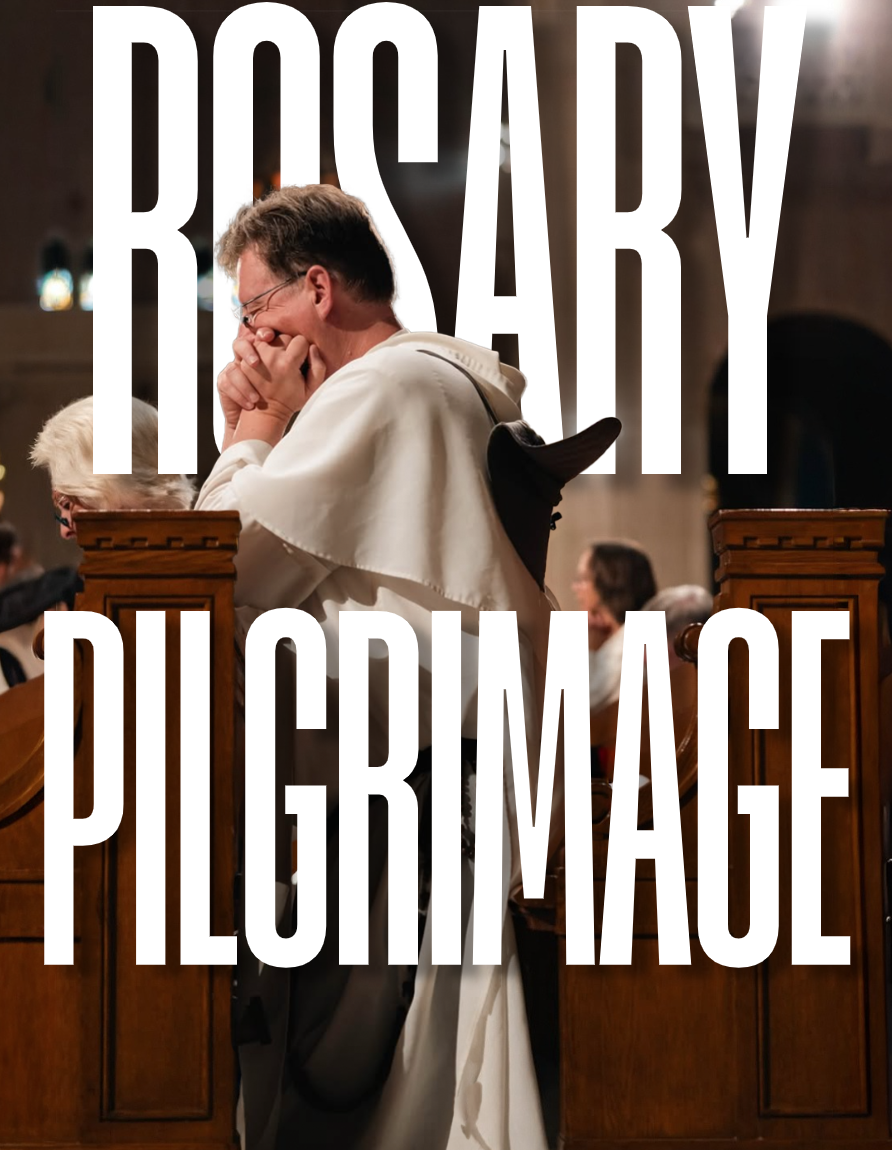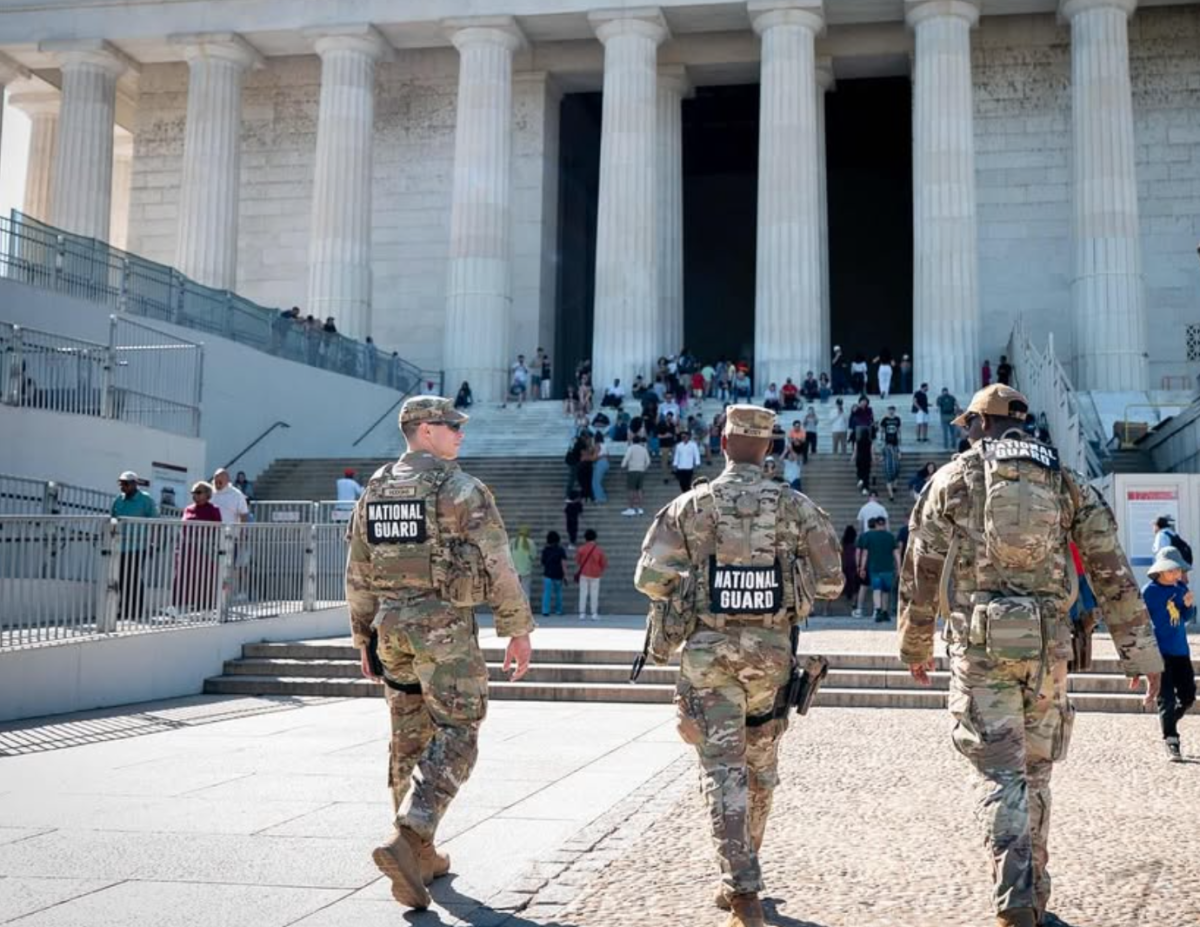I love European fashion trends. Whether it’s wearing a long silk maxi skirt with ballet flats, a French braid tied with a silk scarf or stacked pearls with a long trench coat, I find these forms of fashion the perfect way to express myself.
Recently, social media has romanticized European fashion trends and inspired Gen Z to channel this sense of style across the United States. As noted by Nylon, “It’s the hyper-feminine romanticization of your wardrobe, with extra lace, frills, pearls and silk pieces that represent the idea of a European vacation.” Despite the seeming lightheartedness of this trend, there is much debate on its deeper meaning. Some say that the American obsession with European fashion and lifestyle is a way to avoid the abundance of political and economic problems within the U.S. This concept is more formally known as American escapism, which is defined as “a dangerous tendency of the American public to take refuge in fantasy and fluff, when reality becomes too dark to face.” Although there certainly is much turmoil, injustice and political polarization, I do not think that these factors are what caused this trend to come to fruition. The United States has taken inspiration from Europe in the fashion world, and this is certainly just another example of that. European fashion trends are not a form of American escapism, but rather, simply a form of stylistic creativity and self-expression.
The temporary nature of trends is a concept foundational to social media. A few currently circulating TikTok and Instagram include “Y2K Fashion,” “Old Hollywood Glam,” “Country House Chic” and “Mob Wife Aesthetic.” It is crucial to recognize that the individuals participating in these trends are often not trying to escape their own reality and transport to the early 2000s or 1950s Hollywood. Rather, these trends allow individuals to experiment with clothing in a unique way. Reflecting back on past trends and styles can grant us comfort and nostalgia and even allow us to “channel the spirit of past generations and weave their stories into our own.” “Europecore” and the many other trends that constantly evolve and consume our feeds are nothing more than creative ways you can express yourself amongst a community of others interested in doing the same. These trend names, although sometimes too obscure, are simply fun ways to categorize and label different up-and-coming fashion choices, nothing deeper.
Most European influence on American fashion has always been prominent, and vice versa. This influence has nothing to do with escapism, but rather, purely appreciation. One example that came to mind was American designer Virgil Abloh’s work as the creative director for the French brand, Louis Vuitton. Abloh focused on incorporating both American street style with upscale European stylistic motifs in his collections. As one of Time Magazine’s “100 most influential people in the world,” he took elements of many different fashion houses across the world to create fashion with a sense of hybridity. Abloh’s collections exploded within the U.S. to the point where celebrities like Serena Williams, Hailey Bieber and Rihanna were often seen wearing his creations. Another example of strong European influence on American fashion is Tom Ford’s collections with Gucci. From 1994 to 2004, Ford worked with the Italian fashion house as design director, and “His catwalks were awash with cut-outs and cleverly-placed metal hardware, along with silky shirts,” defying more conservative trends.
Further, “his designs, imbued with an intense modernity and sensuality, broke away from the tried-and-true Gucci formula” while mixing elements of Italian and American style. Finally, another testament to Europe’s influence on American fashion is one of the most prominent men in fashion, the famoys Karl Lagerfeld. Although not always, Lagerfeld infused elements of American style in his abundance of looks. Particularly, through his love of the classic American white tee. As recognized by Vogue, “Lagerfeld was heavily devoted to the white shirt.” He once said, “If you ask me what I’d most like to have invented in fashion, I’d say the white shirt. Everything else comes after.”
Although I see this trend as purely a continuation of the admiration of European style in America, I completely understand how some individuals partake in this trend as a form of escapism. Although for some it is more frivolous, many others are “searching for a much-needed sense of escapism from the realities of the economic issues and political unrest, [and] Europe has come to represent not simply a continent, but also a state of mind — a place to put on a flowy skirt and live a slower life.” More than anything, I hope that fashion remains a safe place for creativity, expression and community, despite the immense hardships our world is facing.
Mary Hawthorn, FCRH ’26, is an English and political science double major from Greenwich, Conn.










































































































































































































